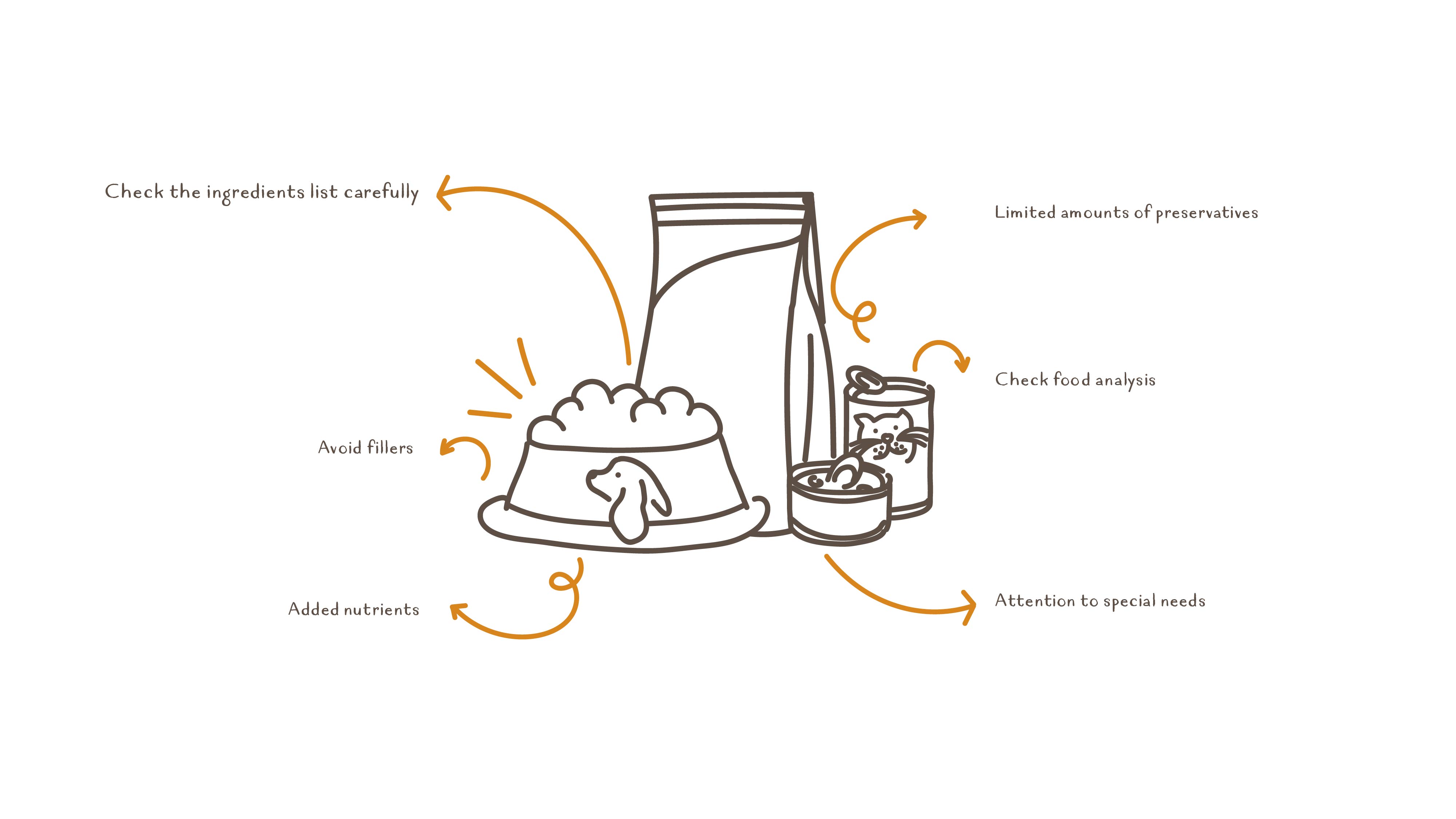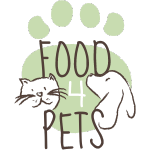How do you recognize quality pet food?
As an owner, you naturally want only the best for the apple of your eye. But what exactly is "the best"? Out of all the many different brands and types of food that all claim to be the best, how do you really choose the best, highest quality food for your pet?
Because recognizing quality pet food can be quite a challenge, we like to list a few key things.


Ingredient list: look at the ingredient list carefully. High-quality pet foods often have meat or fish as the first ingredient in their listing. Also choose feeds that contain specific sources of good quality protein, for example, "chicken" instead of "meat by-products." We'll dig a little deeper into this in a moment.
Avoid fillers: quality feeds contain minimal amounts of fillers such as corn, wheat or soy. These ingredients can be more difficult for some animals to digest and generally offer less nutritional value.
Added nutrients: check that the food contains all the essential nutrients needed for your pet's health, such as vitamins, minerals and omega fatty acids. Some brands also add probiotics and antioxidants for additional health benefits.
Limited preservatives: choose foods with natural preservatives such as vitamin C and vitamin E instead of artificial preservatives such as BHA, BHT and ethoxyquin.
Check food analyses: check food analyses on the package. These provide information about protein, fat, fiber and other nutrient content. Make sure these values are consistent with your dog or cat's nutritional needs.
Attention to special needs: if your four-legged friend has special dietary needs, for example, weight management, sensitive stomach, allergies or intolerances, look for foods specifically designed to meet those needs such as grain-free or gluten-free foods.
The meat content
As promised, we will return briefly to the meat content in pet foods.
Some brands unpack slogans like "contains only fresh meat," but is this really something to unpack? Is fresh meat better than dried meat, and what exactly does "fresh meat" mean?
The term fresh meat can have several meanings. It can refer to meat that is delivered to the manufacturer raw and unprocessed shortly after slaughter, or it can refer to meat that has been pasteurized and the fats even extracted. It is then called fresh because it is not dried, but it is therefore definitely referring to processed meat and not the fresh piece of steak you may have in mind for your buddy.
So how can you find out if the meat content in a food is good or not?
Meat consists mainly of protein and with this you can objectively compare what is actually in a kibble. However, when using fresh raw meat, a lot of moisture will disappear during preparation. Because of this, the actual meat percentage will be a lot lower than what is stated on the packaging.
An illustrative example:
- There is 40% fresh meat in Edgard & Cooper. This leaves about 10% meat (the high protein content in Edgard & Cooper is due to the addition of peas and pea protein).
- Symply uses at least 41% meat, making the combination of fresh and dried meat. This leaves about 22.5% meat.
The advantage of fresh meat is that it is less processed. The advantage of meat meal is that, according to research, quadrupeds like it better and it is more digestible.
Jordy's top tip
Did you know?
Choose a food that includes both fresh meat and dried meat, but with more fresh meat relative to dried meat.


So you can only estimate the animal protein content based on the protein percentage in the analysis.
- If there are no vegetable proteins* in the kibble, then almost all the protein is animal. The higher the protein percentage, the more meat the kibble contains.
- If the kibble does contain vegetable protein*, subtract its percentages from the total protein percentage in the analysis. This way you get a good estimate of the total animal protein percentage.
Choose a dog food with at least 25% animal protein in the analysis, and for your cat, look for a food with at least 35% animal protein, preferably 40-50%.
*Vegetable protein sources include: soy, peas, potato protein, corn gluten. Anything with the word "protein," "protein" or "gluten" in it is a (vegetable) protein source.
In short, it is not a simple search for a quality food, but with the above tips you will come a long way. In addition, we are always at your service with professional advice tailored to your pet.
Above all, listen and watch your four-legged friend's behavior and health: if your dog or cat thrives on a particular food, chances are it's right for him or her. Keep an eye on your pet's health, coat condition and general well-being. And remember that every animal is different, so it may be necessary to try different foods before finding the best option.







